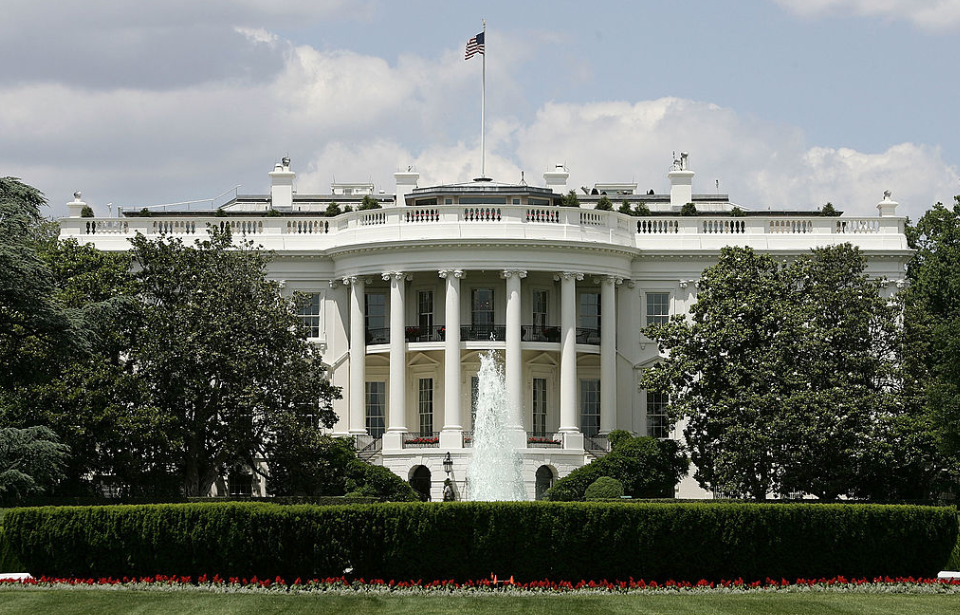Since its cornerstone was laid in October 1792, the White House has stood for freedom, openness, and democracy. However, the Japanese attack on Pearl Harbor during the Second World War shifted this image, turning the White House from the people’s house into a wartime stronghold.
The White House was known as the “People’s House”
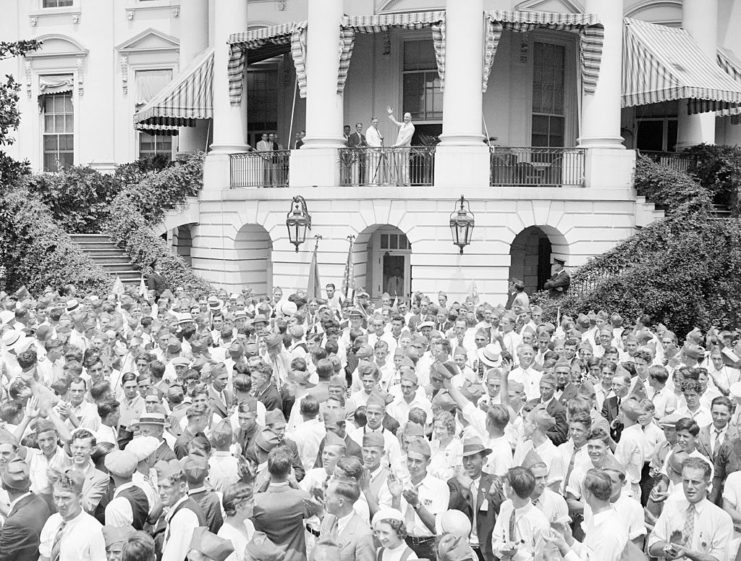
Today, we think of the White House as a high-security residence. After all, it’s where the president of the United States not only works, but lives. As a high-security, top-priority building, we don’t often associate it as “our house.” However, this hasn’t always been the case. Until the attack on Pearl Harbor, the American people saw the White House as an extension of their own homes.
Franklin and Eleanor Roosevelt also subscribed to the idea of a “People’s House” throughout the 1930s. In fact, security was so lax that on New Year’s Eve 1938, two teenagers broke into the White House to get the Roosevelts’ autographs. In 1939, the president and First Lady personally shook hands with 14,056 members of the American public at the residence.
Everyday Americans also believed they should benefit from the services offered by the White House. They would write to Eleanor, asking if they could stop by to pay her a visit or use the swimming pool and the White House’s recreation rooms. During Easter celebrations, anyone could join in the festivities on the South Lawn, so long as they had children under the age of 13.
Up until the Second World War, the public could freely roam the property surrounding the White House.
The White House was closed to the public following Pearl Harbor
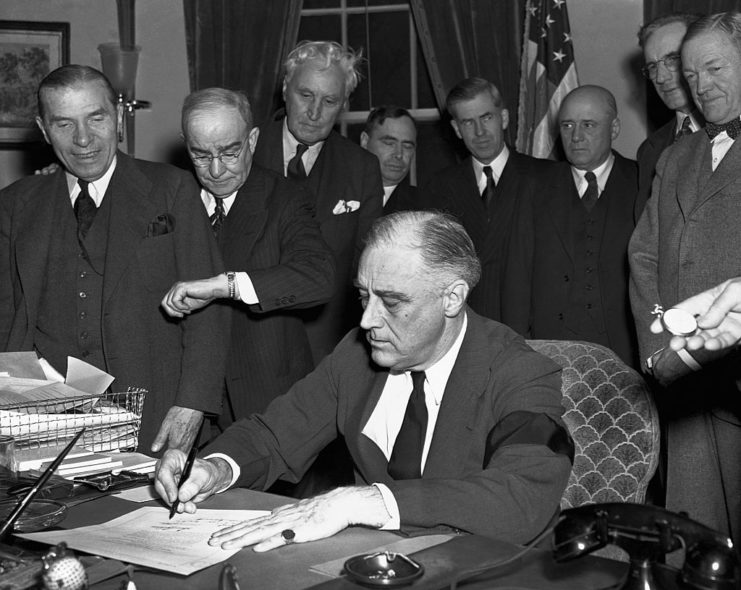
The White House’s openness came to an abrupt end after the attack on Pearl Harbor on December 7, 1941. In the aftermath, security measures were taken far more seriously than ever before. Once the United States entered World War II, the Secret Service prohibited casual visitors from accessing the White House, much to the disappointment of the American public.
Staff members and residents were fingerprinted, while employees were equipped with gas masks and required to participate in air-raid drills. Bulletproof glass was installed in the three south-facing windows of the Oval Office, and the Secret Service stationed gun crews on the White House roof. Security officials even suggested painting the building’s exterior in camouflage.
A bomb shelter is installed
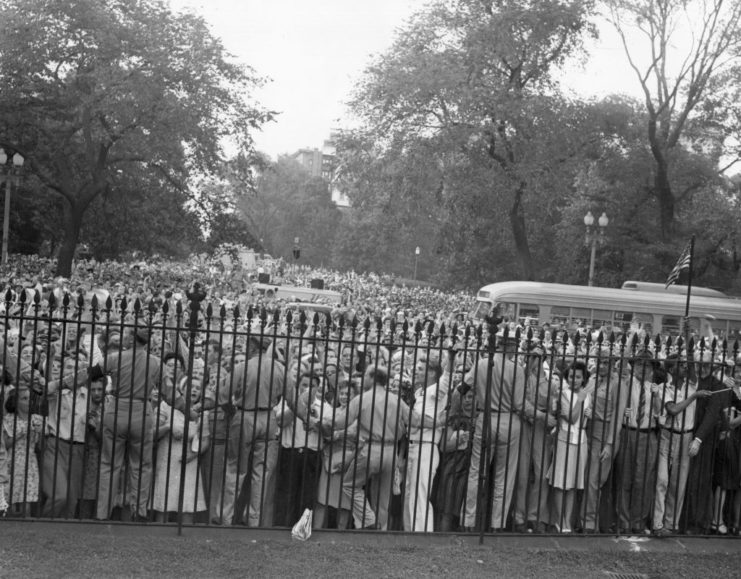
Franklin Roosevelt largely dismissed most of the recommendations presented to him, insisting that security personnel should be doubled while keeping everything else unchanged. At first, the Civil Defense urged the president to relocate from the White House due to concerns over a potential German bombing threat. They warned that the White House would be a firetrap if hit, but Roosevelt steadfastly refused to leave. Instead, he ordered an extension of the East Wing to include a bomb shelter.
During the construction of the East Wing bomb shelter, the Civil Defense stressed the importance of having a temporary alternative. As a result, the vaulted basement of the Treasury Building was designated as a temporary bomb shelter. Fortunately, it was never needed and was abandoned once the East Wing shelter was completed and operational.
Today, the bomb shelter beneath the East Wing is known as the Presidential Emergency Operations Center (PEOC), designed to withstand even a nuclear attack. However, White House security eventually determined that the original bunker lacked sufficient protection, prompting Roosevelt to conduct some of his duties in the mountains of Maryland. This site is now famously known as Camp David.
Another room was converted into a movie theater
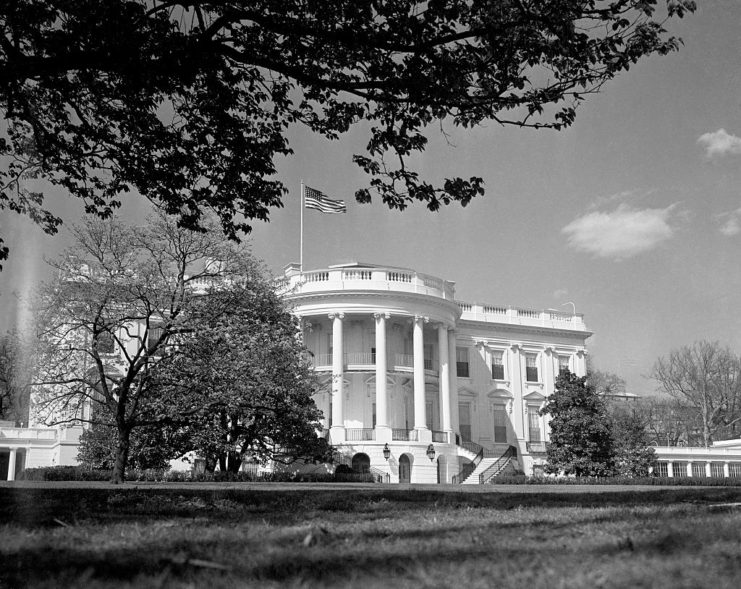
New! Want to become a trivia master? Sign up for our War History Fact of the Day newsletter!
More from us: American Fighter Pilot Clarence “Bud” Anderson Was a World War II Triple Ace
Perhaps the most interesting White House addition during the Second World War was the conversion of an old room into a movie theater. The change occurred in 1942, and it was where President Roosevelt watched news reels of battles fought overseas. Several presidents and their families have since enjoyed watching old Hollywood movies in this theater.
